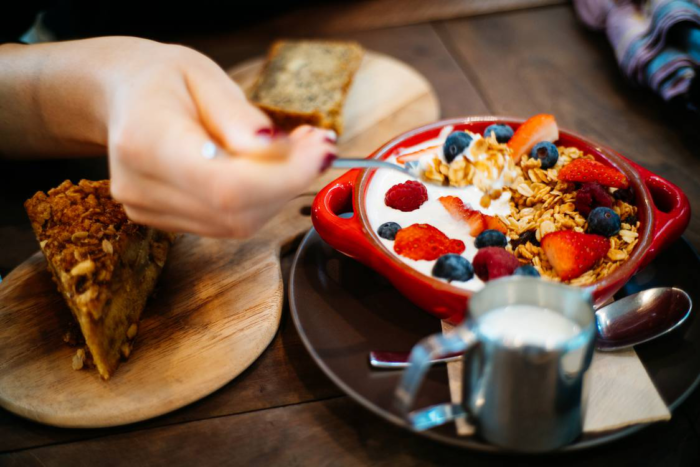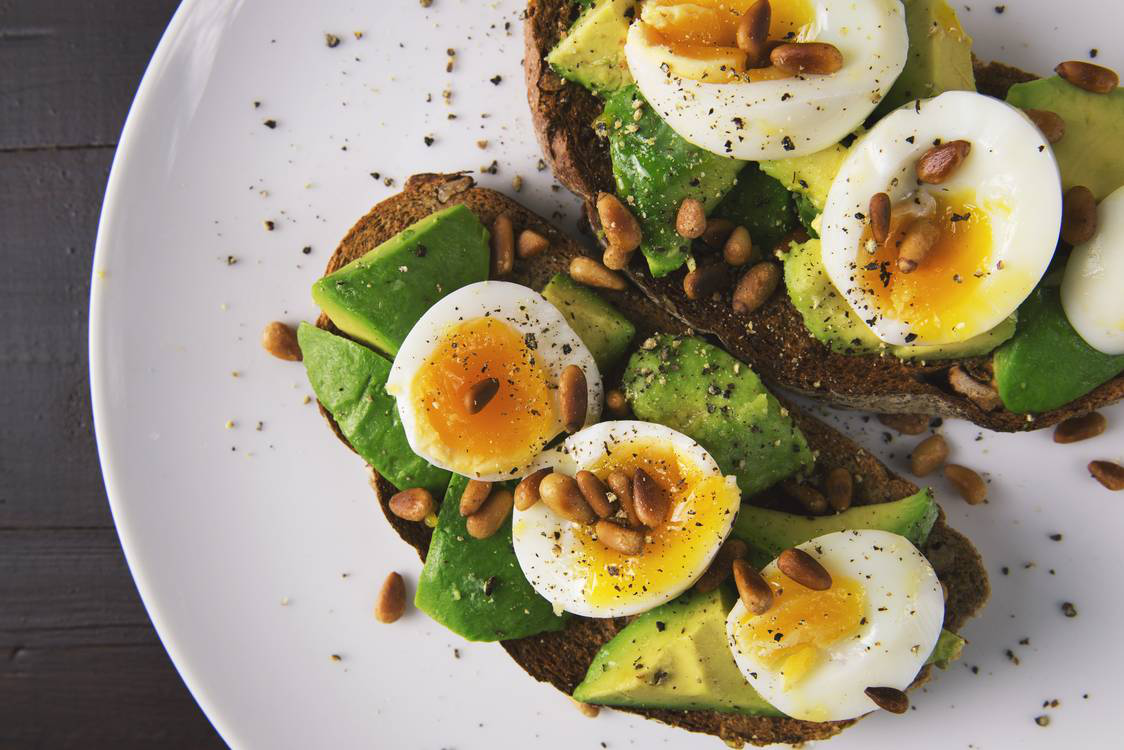People often unintentionally consume more calories when faced with bigger portions. They end up consuming more calories than they can burn, which puts a wedge in their weight-loss journey.
While healthy portions are different for every individual and vary based on weight and activity levels, a general guideline suggests 2,500 calories per day for men and 2000 calories for women.
For most people, eating bigger portions is a life-long habit that seems impossible to break. In this blog post, we’ll discuss some easy ways in which you can scale back portions without counting the minutes until your next meal.
1. Change Your Crockery
The first step in adjusting your portion size is updating your crockery. When you use bigger plates and bowls, you’re automatically inclined to heap it up with food and end up overeating. So, why not trick yourself by downsizing to smaller plates and bowls to eat less.
When you eat from a smaller plate, your plate looks full, and you consume the right number of calories, which leaves you feeling full.
Plus, eating from a bowl instead of a plate can also help you cut back on portion sizes.
2. Start With A Glass Of Water
Drinking sugary and calorie-rich beverages like sodas or artificial juices with your meal leave you with extra calories that you don’t need.
Alternatively, drinking a glass of water before your meal reduces the likelihood of overeating and helps you fill up. Sometimes, what you think is hunger may just be symptoms of dehydration, and sipping water before a mid-day snack may eliminate “hunger” altogether.
3. Add Veggie Fillers
Vegetables are rich in fiber and nutrients but don’t contain a lot of calories. Therefore, bulking your meals with non-starchy vegetables and leafy greens can help you slash overall calories and make your meals more nutrient-dense. So, for instance, you can add spinach or kale as a sandwich-topper or in generous amounts to your pasta.
A study found that participants who ate high portions of vegetables consumed the least calories while eating the same amounts of food.
4. Add Proteins To Every Meal
Eating high-protein meals leaves you feeling full, which reduces the frequency of hunger pangs and cravings at odd times. So, make the most of protein’s filling properties by incorporating lean sources of proteins, like skinless poultry, seafood, and fish in your meals.
You can add plain Greek yogurt to a breakfast smoothie, add beans to your leafy salad, or pair hummus or string cheese with whole-grain crackers.
Of course, you can always reach out to Rena Greenberg, a weight loss expert for motivational resources and healthy recipes for weight loss. She has an impressive track record of helping thousands of people find success in their weight loss journeys through wellness and self-hypnosis weight loss programs.
Get in touch with her to learn more about healthy and happy weight loss.


